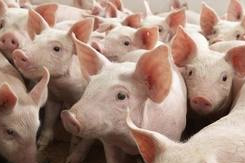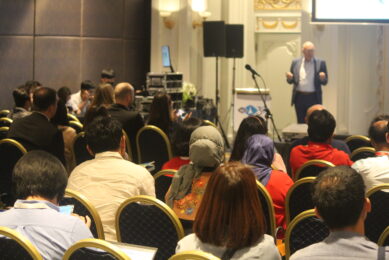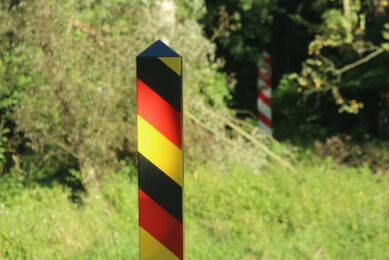Boost pig margins, focus on figures

English pig producers can’t influence national feed costs or pig prices so should focus on the parts of their business within their control, such as the numbers of pigs reared and sold per sow per year, says John Richardson of Production Performance Services Ltd.
Speaking at the BPEX Breed+3 producer events, John said: “Feed price and pig prices are outside producers’ control and that’s the case across Europe. Lower production costs per pig produced are the reason why our European competitors can hold their breath that bit longer and survive with lower prices.
“During the last quarter of 2013, it required 18 pigs reared per sow per year to recover the fixed costs of keeping each sow. Once the breakeven point is reached, every additional weaned pig produced is clear profit. To reduce production costs, physical performance needs to improve in order to get as much return as possible on the investment made in every sow.
“Recording key information and then analysing the results to see what the numbers are actually telling you is an essential part of management required to improve physical performance.”
Simple data collection and analysis reveals key information to producers about where losses are occurring in their herd and where improvements can be made. For example, calculations from service records show that, on average, sows have 27 non-productive days per year. John said: “It hardly seems right that a sow should have more days ‘holiday’ than the unit staff, especially at a potential cost of £2.33 per sow per day. This is the type of information you need to know and act upon.
“Producers must make recording, target setting and evaluating data part of their routine and then share this information with all staff, as they are the ones who can make a difference to performance.
“Record keeping and analysis can be kept very simple but it must be focused on the factors that influence profit.”
To view John Richardson’s presentation on ‘What are the numbers telling you?’, click here.











